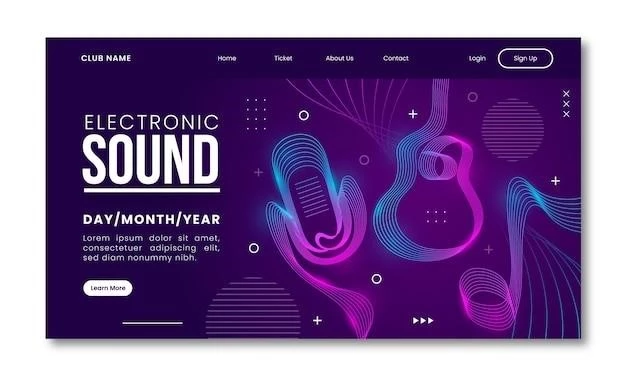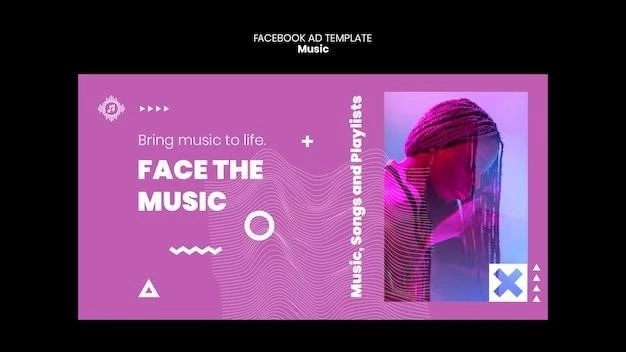Music and Technology: An In-Depth Look at the Intertwined Evolution
Music and technology have always been intertwined. From the earliest instruments crafted from natural materials to today’s sophisticated digital audio workstations, technological advancements have continuously shaped the way music is created, experienced, and shared. This article delves into the multifaceted relationship between music and technology, examining its evolution, current trends, and potential future directions.
A Historical Perspective: From Acoustic Origins to the Digital Age
The history of music is inseparable from the history of technology. Early humans used rudimentary tools to create instruments from bone, wood, and animal hide, marking the beginning of a long and symbiotic relationship. The invention of the printing press in the 15th century revolutionized music distribution, making sheet music widely accessible and enabling the standardization of musical notation.
The 19th and 20th centuries witnessed a surge of technological innovations that profoundly impacted music. The development of the phonograph by Thomas Edison in 1877 allowed for the recording and playback of sound for the first time, forever changing how music was consumed. The invention of the radio in the early 20th century further democratized music access, bringing it into homes across the globe.
The latter half of the 20th century saw the rise of electronic instruments, magnetic tape recording, and the birth of personal computers, ushering in an era of unprecedented sonic experimentation and accessibility. The development of MIDI (Musical Instrument Digital Interface) in the 1980s enabled seamless communication between electronic instruments and computers, revolutionizing music production.

The Digital Revolution: Streaming, Social Media, and the Democratization of Music
The dawn of the 21st century brought about a seismic shift in the music industry with the advent of the internet and digital technologies. The rise of digital audio formats like MP3s coupled with the proliferation of peer-to-peer file-sharing platforms disrupted traditional music distribution models and challenged copyright laws.
The emergence of music streaming services like Spotify, Apple Music, and Tidal has fundamentally reshaped how music is consumed. These platforms offer vast libraries of songs accessible on-demand, providing users with unparalleled convenience and choice. The subscription-based model of streaming services has also provided a much-needed revenue stream for the music industry, which had been grappling with declining physical sales.
Social media platforms have become integral to music discovery, promotion, and fan engagement. Artists can now directly connect with their audiences, bypassing traditional gatekeepers like record labels and radio stations. Viral trends, fan-created content, and social media marketing campaigns have become crucial drivers of success in the digital music landscape.

Emerging Trends: Artificial Intelligence, Immersive Experiences, and the Metaverse
As technology continues to evolve at an unprecedented pace, its impact on music is only becoming more profound. Artificial intelligence (AI) is rapidly changing how music is created, produced, and consumed. AI-powered tools can assist with songwriting, composition, mastering, and even generate original music in various styles and genres.
Immersive technologies like virtual reality (VR) and augmented reality (AR) are creating new dimensions of musical experiences. VR concerts allow fans worldwide to attend virtual performances, while AR applications can overlay digital content onto real-world environments, enhancing live music events with interactive elements.
The metaverse, a persistent and shared virtual world, is poised to further blur the lines between the physical and digital realms. As this immersive internet evolves, it presents new opportunities for artists to connect with fans, monetize their work, and create unique musical experiences within virtual environments.
The Future of Music: A Symphony of Possibilities
The intersection of music and technology is a dynamic and ever-evolving landscape. As technology advances, it will continue to empower musicians, redefine listening experiences, and reshape the music industry in ways we can only begin to imagine. From AI-powered composition tools to immersive virtual concerts, the future of music promises to be a symphony of exciting possibilities.
Ethical Considerations and Challenges
While the convergence of music and technology presents immense opportunities, it also raises ethical considerations and challenges that must be addressed. The use of AI in music production raises questions about copyright ownership, artistic authenticity, and the potential displacement of human musicians.
The accessibility and affordability of music in the digital age have led to concerns over artist compensation and the devaluation of music as a product. The dominance of streaming services has also raised concerns about data privacy, algorithmic bias, and the potential for these platforms to exert undue influence over musical trends and consumer preferences.
Conclusion
The relationship between music and technology is one of constant evolution, innovation, and disruption. From the earliest instruments to the digital age, technology has played a pivotal role in shaping how music is created, experienced, and shared. As we venture further into the 21st century, embracing the possibilities while addressing the ethical considerations will be crucial to fostering a vibrant and sustainable musical ecosystem for artists and audiences alike.










